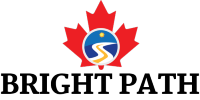Are you planning to bring your family to Canada? then learn the steps involved in applying for canada family sponsorship.
During the pandemic time many countries closed the doors to enter into their country as the situation was critical and pandemic was getting worse day by day. But Canada kept the doors open and welcomed foreign nationals.
Ever since, this beautiful country has been thriving at an exponential rate, given the unprecedented times of a global pandemic and other challenges.
But most significantly, what makes this Great country even more pleasing, is the fact that it gives immense value on the reunification of families. How do we say this? Well, the introduction of the Canada Family Sponsorship speaks for itself.
Have you been living and working up in Canada, and hoping to have your family close by? This is possible with the Family Class sponsorship program. In this article, we breakdown how the program works and go through the steps involved in the Canada sponsorship application process.
What is the Family Class Sponsorship Program?
The Canada Family Sponsorship aims to bring families together, enabling families to study and work in the country -provided they become permanent residents of Canada. In turn, you and your relatives get to make valuable memories while immersing yourselves into the rich Canadian culture.
Who Can I Sponsor?
You can sponsor your sibling, spouse, partner or dependent child. However, both you, as the sponsor, and the relative being sponsored, will be subject to certain criteria. For now, let’s take a closer look at the eligibility of both parties applying for the Canada Family Sponsorship.
Steps to the Canada Sponsorship Application Process
Below we break down a step-step process on how to go about applying for the Family Class Sponsorship Program, as well as the program requirements:
Step 1: Check Your Eligibility

Before you can apply, you need to know if you qualify for the program. If you live and work in Canada as a permanent resident but would like to sponsor your relative, you stand a great chance. However, you need to be 18 years or older, be registered as a Canadian citizen or be a permanent resident.
When compiling your Canada sponsorship application, you must keep in mind that different provinces will be subject to different conditions. For instance, Quebec may require you to sign a contract in the form of an undertaking, which binds your sponsorship. if you fail to meet the sponsorship conditions or any other offense that was not listed.
Step 2: Know Who You Can Sponsor

You can sponsor the following persons:
- Your spouse who needs to be legally married to you and at least 18 years of age or older when applying for your Canada spousal sponsorship.
- Your common-law partner who shouldn’t be legally married to you, should be 18 years of age or older and should’ve been living with you for 12 months in a conjugal relationship without any separations. Any potential separation periods should’ve been temporary and short. Additionally, you will need to provide proof of a conjugal relationship – this can anything such as ownership of residential property being shared or joint leases or agreements.
- Your conjugal partner whoshouldn’t be legally married to you or shouldn’t be in a common-law relationship with you. They should be 18 years of age or older, live outside of Canada and both parties should be in the relationship for at least one year. Additionally, they should be unable to live with you in their country of residence, nor should they be able to marry you due to legal and immigration circumstances or reasons. All of these factors that make up a conjugal relationship, would need to be proven when applying for sponsorship.
- Dependent children who should be under 22 years of age to classify as a “dependent child” and they shouldn’t have a spouse or common-law partner. They will also be classified as dependents if they’re not financially independent and if they have a physical or mental condition. Applicants must, therefore ensure that they meet both sets of criteria.
Step 3: Know How to Apply
1. Make sure you have the Application Package
2. Pay the Application Fees
3. Submit your Application
4. Send the Necessary Additional Information while your Application is being Processed
Step 4: What Happens After I Apply?
All applications will be throughly assessed to double-check whether all forms have been successfully completed accurately and whether or not all fees have been paid. Once the government starts to process your application, you will receive a letter of acknowledgement to keep you informed about the next step.
Don’t worry if your application being refused – there are various immigration pathways to explore. If your application is rejected, the immigration officer will let you know about why your application was rejected and how you can appeal the decision.
Step 5: Finally, the Day You Arrive in Canada
Internation candidates will have to show their Confirmation of Permanent Residence (COPR). Additionally, you should have your permanent resident visa at hand, which needs to be shown to an Immigration, Refugees and Citizenship Canada (IRCC) officer at the Port of Entry (POE).
The officer will evaluate all information to ensure that everything is in order. You may have to answer some relevant questions that you’ve already answered on your application – this is to ensure that you’re the same person who applied for the sponsorship.
If everything looks fair and runs smoothly, you’re good to enter into Canada as a permanent resident. Your permanent resident card will be mailed to the Canadian address you’ve provided on your COPR: this serves as proof of your status in Canada as a permanent resident in the country.




